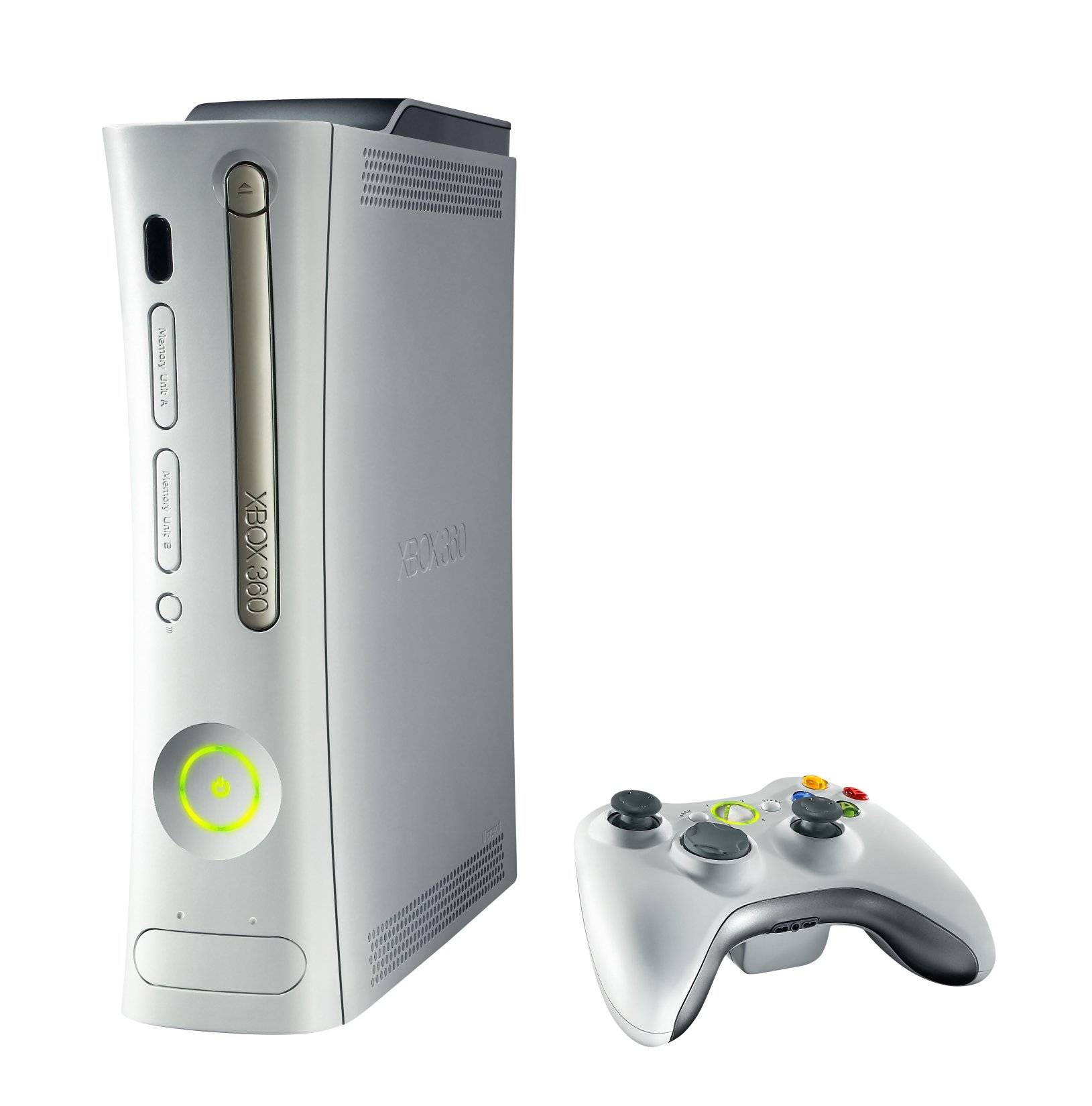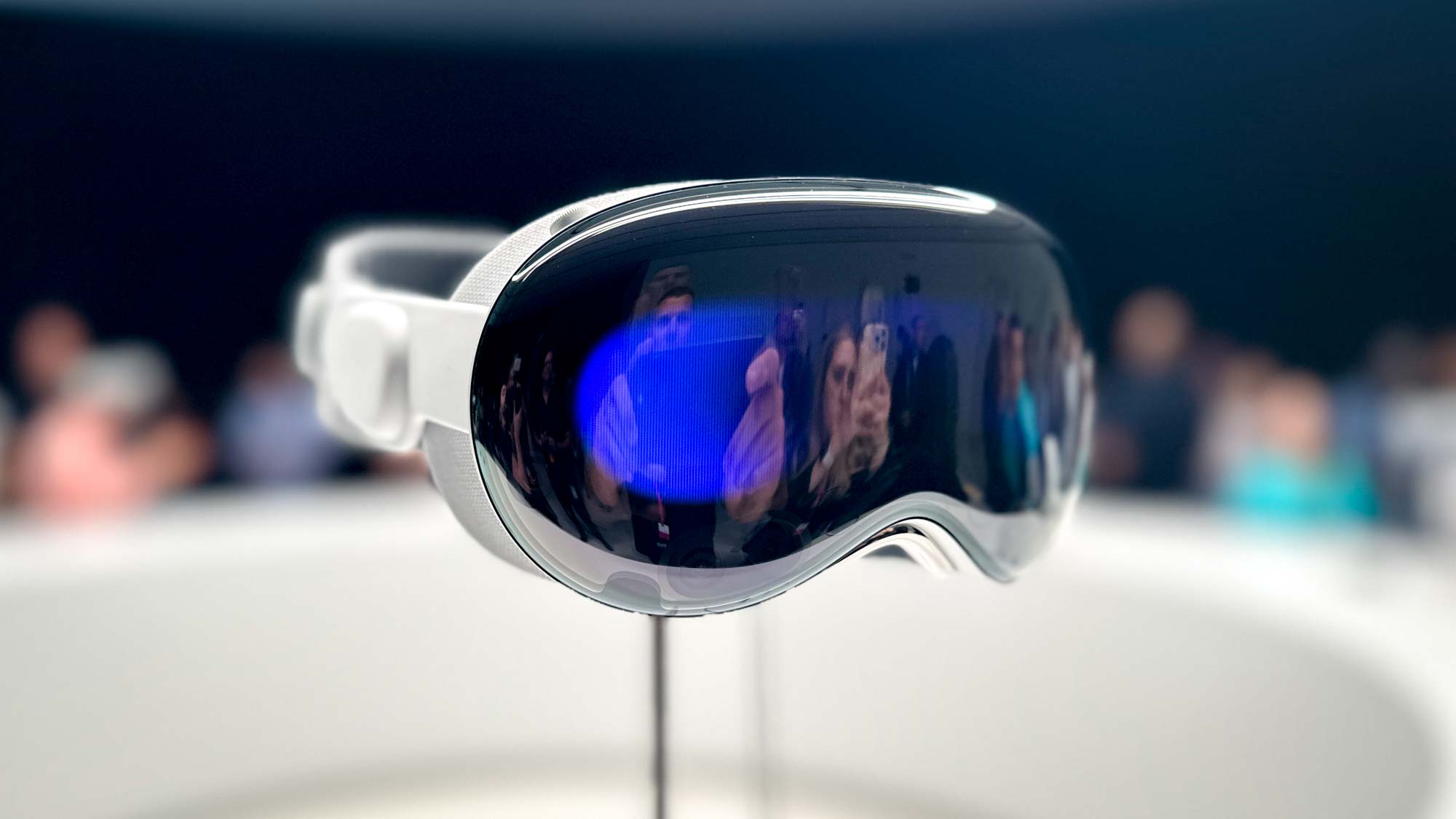Xbox 360 Disc Scratching Investigated, Tested
The Xbox 360’s hardware failures are a widely publicized fact, but few know that it’s more than just the Red Ring of Death.
The Xbox 360’s hardware failures are a widely publicized fact, but few know that it’s more than just the Red Ring of Death.

While the dreaded Red Ring of Death is the hardware fault most common to Xbox 360 consoles--and one that Microsoft now warranties against for three years--it’s not the only problem plaguing gamers.
Some gamers report that the Xbox 360 seemingly and inexplicably scratches game discs despite following Microsoft’s directions for correct console usage. Stuck on every new Xbox 360 console over the drive tray is a label instructing gamers to not tilt or move the console while it is in operation.
Informal testing has shown that the Xbox 360 DVD drive does indeed scratch discs when moved while it is reading a disc--particularly if the console is moved between vertical and horizontal orientations. But victims of disc scratching insist that their consoles were stationary and untouched when their Xbox 360s chewed up game discs. [Who moves their consoles around during gameplay anyway?--Ed.]
BBC Watchdog has been following the story of several families who claim to have fallen victim to scratched discs, and finally decided to set up testing of its own to see if it can help verify the defect.
The BBC program took two Xbox 360 consoles, one brand new and another that had already caused a scratch, and placed them both on level, stable surfaces in a sealed space. The testers also set vases of water on top of each unit to indicate any movements (it also works to detect an incoming T-Rex). Watchdog researchers then played solidly for six hours a day for three days, but after three days, the team hadn't had a single scratch.
The testers decided that most Xbox 360s aren’t played in the “perfect” conditions described above, and then set forth to use “special testing equipment” to replicate the vibrations that a console might experience inside a home.
The report details that the first test simulated walking, which didn’t result in any scratched discs. Then the vibrations were turned up to simulate someone putting a book down on the table near the Xbox 360. The newer console passed the second test, but the older console caused a scratch similar to those experienced by the previous owner.
The BBC contacted Microsoft for comments on the findings, but Microsoft held its stance that there is no such problem with the Xbox 360s.
“Microsoft reaffirms its longstanding position that it's not been able to ascertain any defect in the Xbox 360 console that causes concentric gouges (that is, 'scratching') on discs when a console is in a stationary position,” the company said. “Indeed, despite extensive testing and examination under static operating conditions, Microsoft has never been able to reproduce the concentric gouge that causes disc readability problems or find any such defect in consoles returned by consumers for examination. It's only with the movement of a console that such 'disc scratching' may occur.”
In December 2008, unsealed declarations from Microsoft employees alleged that the company knew about the hardware flaw before the console even launched in 2005. Microsoft quickly responded, saying that less than 1 percent of the total Xbox 360 user base has complained about disc scratching issues.
Get instant access to breaking news, the hottest reviews, great deals and helpful tips.
Marcus Yam is a technology evangelist for Intel Corporation, the latest in a long line of tech-focused roles spanning a more than 20-year career in the industry. As Executive Editor, News on Tom's Guide and Tom's Hardware, Marcus was responsible for shaping the sites' news output, and he also spent a period as Editor of Outdoors & Sports at Digital Trends.
-
eduardor2k I imagine, people throwing books to the xbox 360 to prove that the console can scratch a disc.Reply -
Gryphyn I see a new accessory in the works: the Xbox 360 inertial dampener. Prevent those terrible disk scratches! Now in 17 different "kewl" patterns and colors.Reply -
gamerk316 Considering I lost several hundred dollars worth of games, i'd say this is perfectly relevent.Reply -
CalifLove How do you loose several hundred dollars of games? If the damn thing keeps eating your disks, I'd imagine after the first 2 or three I'd give up on the boxand buy a new one or just say screw it all together!!!Reply -
dogma721 Great, Microsoft has a disclaimer that says don't move the console while its on and there is a disc inside. Supercool. The fact still remains that the cd rom drive in the thing is a piece of garbage.Reply
This doesn't happen on my Wii. I can tilt it, move it around etc. and not have any problems. Not to say that there aren't limits with that, but, you can move the thing without scratching your disc.
Sure, if i was single and it was conveniant to put my xbox into some sort of entertainment center where it would be off the floor and not likely to get bumped. But, unfortunately, if you have a family with small kids, the tv your wife lets you plug your xbox into doesn't really have any provisions for a protected enclosure for your xbox and hey, lets be honest, everybody forgets - or thinks - hey, i can plug this accessory in with it on, i'll just be careful, then next thing you know - whoops - there goes 60 bucks.
Its a video game. It should have some tolerance to "real world" conditions. Dogs, kids, etc. Not saying you should be able to drop kick it and shake it, but, there should be some forgiveness. -
The Schnoz gamerk316Considering I lost several hundred dollars worth of games, i'd say this is perfectly relevent.You must be a total dueche! How do you scratch your discs while their in your system. It's simple, don't move the system while it's got a DVD running at 12X and their won't be any problems. I've been through 4 360's (2 red rings, one was stolen, currently using Elite) and have only encountered one scratched disc because my ex's little bro moved the system will playing COD2. Did a shop and swap at Costco (because they'll replace for any reson) and moved on with my life.Reply -
deathblooms2k1 I have had my 360 for a while now and none of my games have any scratches at all. Then again I'm the type of person who takes the game out and puts it back in it's proper case when putting a new game in. I also have the console sitting horizontally. I don't understand though, even if I had it sitting vertically how are the scratches made? The tray doesn't seem to have anything jagged on it that could cause scratches. Do these people with these problems have dirt or something on the tray? I just can't figure out how a flat more or less frictionless tray can cause scratching.Reply
My only complaint with the 360 is that it's loud. Then again it's no more loud than my PC with cheap Rom and stock coolers. -
tayb gamerk316Considering I lost several hundred dollars worth of games, i'd say this is perfectly relevent.Reply
I'd say you are an idiot then. Scratch one game because you didn't explicitly read directions shame on Microsoft. Scratch a second disk shame on you. Scratch more than four discs (to achieve "several hundred dollars") you are a downright moron. I do believe you fall in the last category.
I bought the 360 the day it launched at midnight and have exactly zero scratched disks. I use what some call "common sense" and don't move a machine that is spinning a disk at a rapid rate. I use the same "common sense" to turn my car off when I fill up the gas tank.
